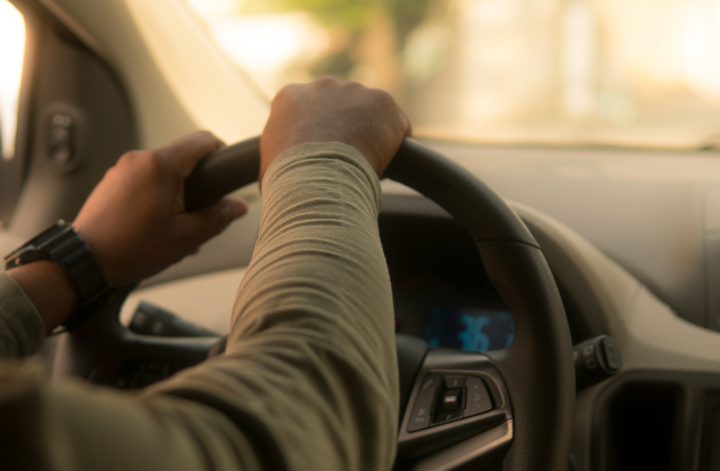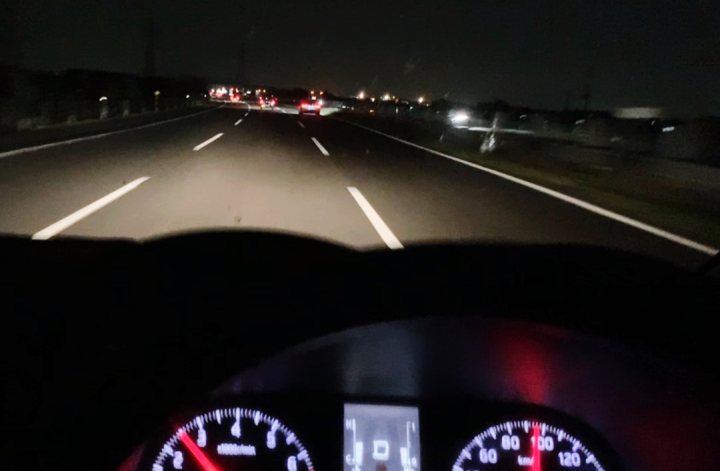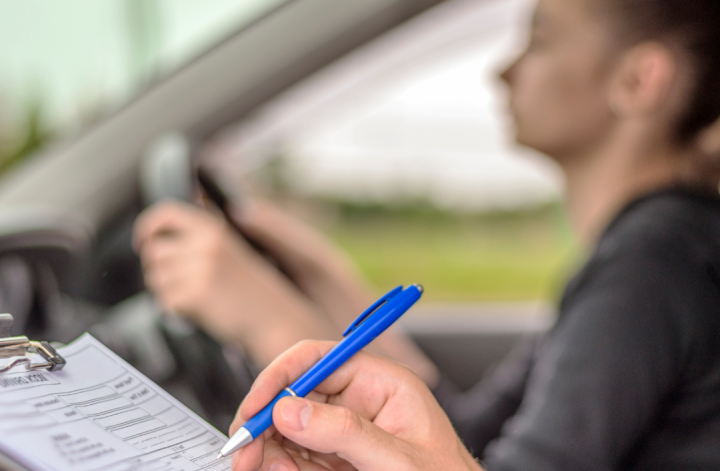Many cities are filled with unique spots waiting to be discovered. From charming local cafes to serene parks tucked away from the main streets, these hidden gems offer a fresh perspective on familiar surroundings. Exploring these lesser-known places can enrich anyone’s appreciation for their city and reveal treasures often overlooked.
Uncovering local art galleries, independent bookstores, or historical landmarks can provide a deeper connection to one’s community. These sites often reflect the culture and creativity that define the area. By venturing beyond the usual tourist attractions, residents and visitors alike can experience the authentic essence of the city.
This exploration not only supports small businesses but also fosters a sense of adventure and curiosity. Whether seeking a quiet corner to relax or a vibrant spot to socialize, discovering hidden gems enhances daily life. Engaging with the local scene can transform how one views their environment, opening doors to new experiences.
Unearthing the City’s Secret Spots
Exploring hidden spots in a city can unveil unique cultural experiences and natural beauty. Historic districts and botanical gardens often serve as gateways to discovering these treasures.
Roving through Historic Districts
Historic districts offer a glimpse into a city’s rich past. Walking through cobblestone streets lined with historic architecture reveals stories of yesteryears.
Visitors can find hidden gems like small museums and artisan shops tucked away in these areas. Highlights might include:
- Local art galleries showcasing emerging artists
- Independent cafes serving unique culinary delights
Engaging with local residents often leads to authentic experiences. They can share insights about the area’s history and suggest lesser-known destinations worth exploring.
Botanical Beauty and Gardens
City botanical gardens are oases of nature amidst urban landscapes. These green spaces provide a serene escape with beautifully curated flora. They are perfect for those seeking adventure in the form of leisurely strolls or peaceful contemplation.
Many gardens feature:
- Themed sections, such as native plants or tropical species
- Walking trails that connect various habitats
These gardens often host workshops and events, enhancing the cultural experience. Discovering the flora can deepen one’s appreciation for the city’s natural environment. Exploring botanical gardens can reveal hidden beauty and refresh the spirit.
Cultural Enclaves and Authentic Experiences
Cultural enclaves offer a unique opportunity to experience the heart of a city. They reveal hidden treasures that reflect the local community and its rich history, creating authentic experiences for those willing to explore.
Engaging with the Local Community
Local markets and community events serve as vibrant centers of interaction. They enable visitors to engage directly with residents, often leading to delightful conversations and exchanges.
Key spots include:
- Farmers’ Markets: Fresh produce and handmade goods showcase local artisans.
- Cultural Festivals: Events celebrating music, dance, and cuisine provide immersive experiences.
Participating in workshops or classes also fosters connections. From cooking classes to art workshops, these activities highlight local traditions, ensuring a genuine understanding of the area’s culture.
Artistic Ventures and Historic Sites
Art plays a pivotal role in representing a city’s spirit. Galleries and public installations often tell stories of the past while showcasing contemporary talent.
Must-visit locations include:
- Historic Districts: Streets lined with preserved architecture inspire admiration.
- Local Theatres: Attending performances offers insight into regional narratives.
Exploring these artistic avenues not only enriches the visitor’s experience but also contributes to preserving cultural heritage. Many venues encourage dialogue, making it easy to connect with locals who share their insights and stories.
Nature’s Hidden Jewels
Discovering nature’s hidden treasures can provide a refreshing escape from urban life. These locations offer serene landscapes and unique wildlife experiences, perfect for those seeking a moment of tranquility.
Bird Sanctuaries and Wildlife Havens
Many cities boast hidden bird sanctuaries that serve as crucial habitats. These areas, often tucked away from the hustle and bustle, attract a variety of avian species.
For example, [Local Bird Sanctuary] is known for its diverse populations, including migratory birds and native species. Visitors can enjoy guided tours, which enhance the experience by providing insights into the local ecosystem.
Amenities like observation towers and nature trails allow enthusiasts to immerse themselves in the beauty of these sanctuaries. Additionally, communities often organize events to promote wildlife conservation and educate the public.
Secret Urban Escapes
Urban gardens can transform concrete landscapes into lovely natural retreats. These hidden gems often feature a variety of plant life, from vibrant flowers to lush greenery.
[Local Community Garden], for instance, invites residents to cultivate their own plots while also offering public spaces for relaxation. Such gardens not only support biodiversity but also foster community spirit.
Nature reserves within the city, like [Hidden Nature Reserve], can provide trails and picnic areas that allow visitors to connect with nature. These spots often go unnoticed but are vital for mental well-being and a sense of connection to the environment.
Keeping Up with the Undiscovered
Staying informed about hidden gems requires exploring various sources beyond traditional media. Unique finds often exist outside popular travel guides. He or she must remain curious and proactive in seeking out these experiences.
Exploring Beyond News and Guides
Local blogs, social media, and community boards often highlight lesser-known attractions. These platforms serve as vital resources for those seeking unique experiences. Engaging with online groups or forums can yield recommendations from residents.
Video content, such as reviews or tours on platforms like YouTube, offers a visual glimpse into undiscovered locations. This helps individuals gauge the ambiance and overall appeal before visiting. Keeping an eye on local events can also reveal pop-up markets or art installations that may not receive widespread coverage.
Reykjavik: A Case Study in Hidden Gems
Reykjavik, known for its stunning landscapes, also houses many undiscovered spots. For example, the Sun Voyager, an iconic sculpture, offers striking views without the crowds typically associated with popular attractions.
Explorers can find the Reykjavik Maritime Museum, which provides insights into the city’s seafaring history. This museum often goes unnoticed by tourists. There are also quaint coffee shops like Kaffitár, known for its local brews and artisan pastries, fostering a cozy and authentic atmosphere.
These hidden gems offer a glimpse into the local culture, enriching the overall experience of the city. Seeking out these places encourages deeper connections and greater appreciation for Reykjavik’s unique offerings.








